Low-cost regenerable ceramic water filter(LRC) which can be regenerated through a simple process and long-term supply drinkable water for rural residents and flood victims in Asia.
Long Description
Economic and population growth on top of climate change leading to serious water scarcity across Asia.
- Seasonal flooding hits Asia every year due to the excessive monsoon rainfall caused by climate change and affected the weather system. Flood victims face the drinking water shortage problem due to rapidly rising water lever and strong current while roads to hard-hit areas were impossible for the rescue team to reach them. Flood waters are everywhere but none of those drops are drinkable.
- Besides that, remote residents in developing country also face the difficulty in accessing drinkable water due the modern water treatment networks is not installed.
Currently, various types of water filters, especially ceramic water filter had been introducing to remote residents for enhancing drinking water quality. However, those water filters need to be replaced constantly due to the limitation of treatment capacity and the possibility of bacteria contamination. Thus, people in the poverty area might not afford to replace the water filters constantly and it also creates another problem of discharging used water filters.
Our aim is to develop a ceramic water filter – designed to be regenerable for removing organic and inorganic pollutants from contaminated water. By incorporated low-cost palm shell activated carbon powder(PPAC) into the ceramic filter (designed as LRC) can enhance the removal capacity for the pollutant due to its high surface area and well-defined pore structure.
LRC is designed for high heat resistance; therefore applied mild heating treatment can eliminate the adsorbed organic compound and also remove the microorganism as sterilized function. Apart from that, LRC has high adsorption capacity on cation and anion metals pollutant from the properties of PPAC. Via mild acid treatment can desorb the adsorbed pollutant on the LRC. Thus, the regeneration of used LRC is possible to achieve and will benefit to people and environment by reducing the waste produced from the used ceramic water filter.

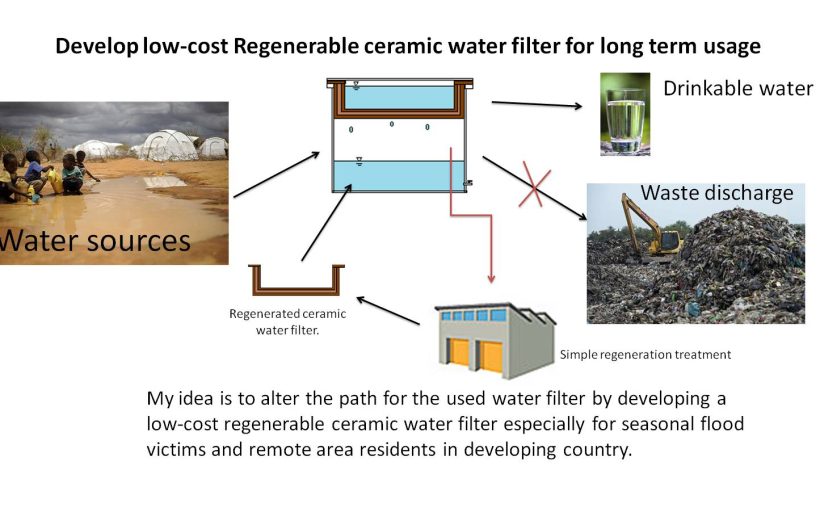
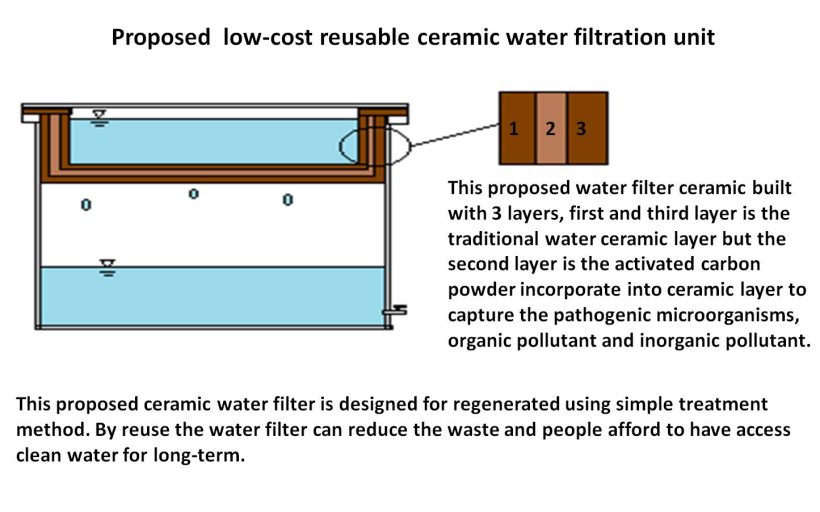
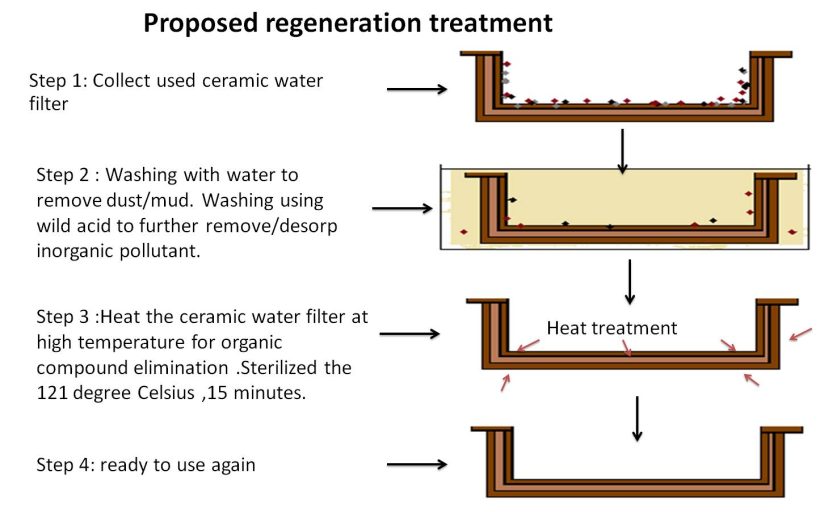
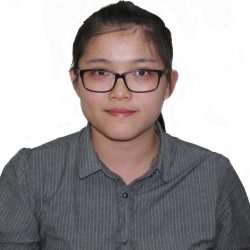
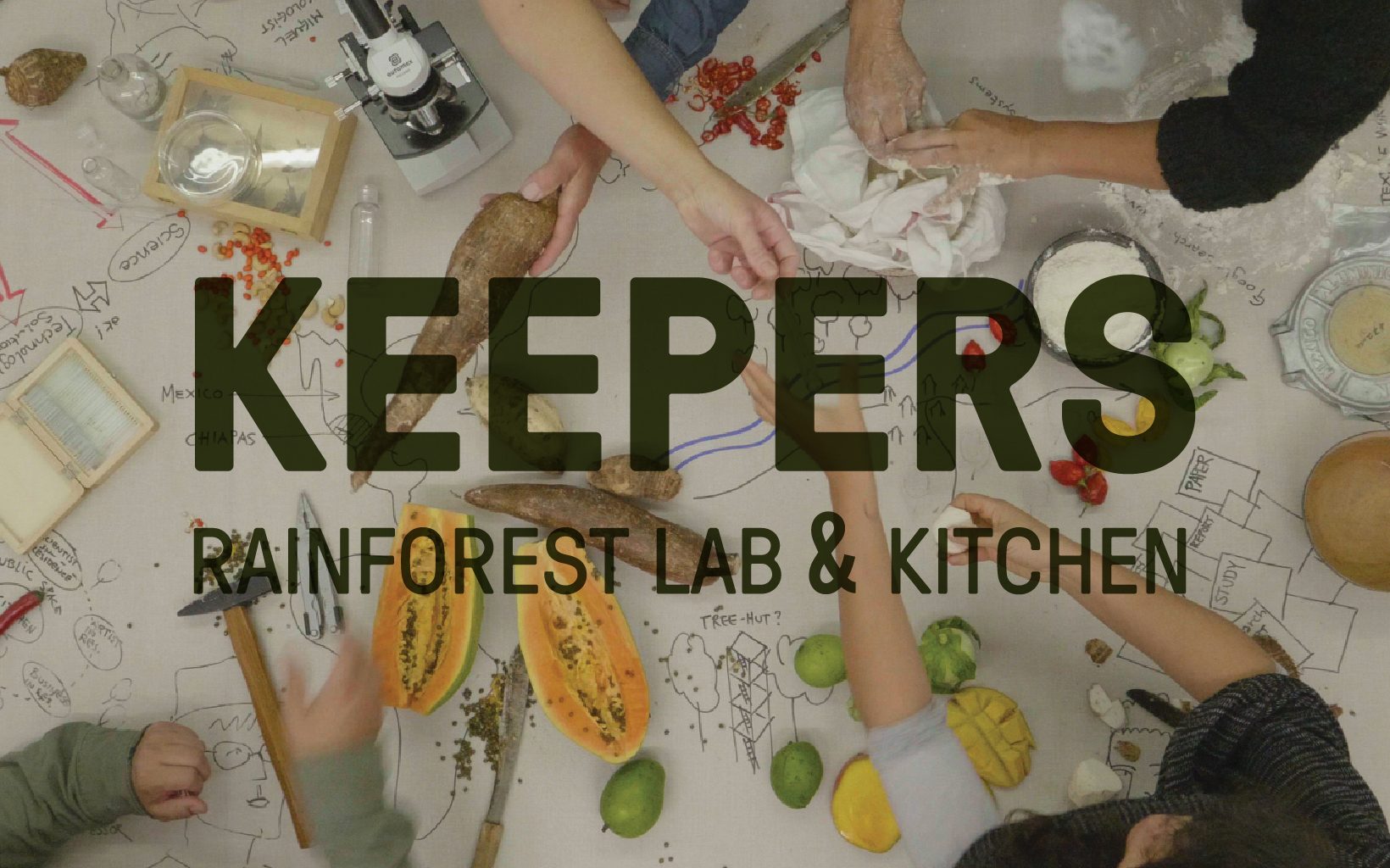
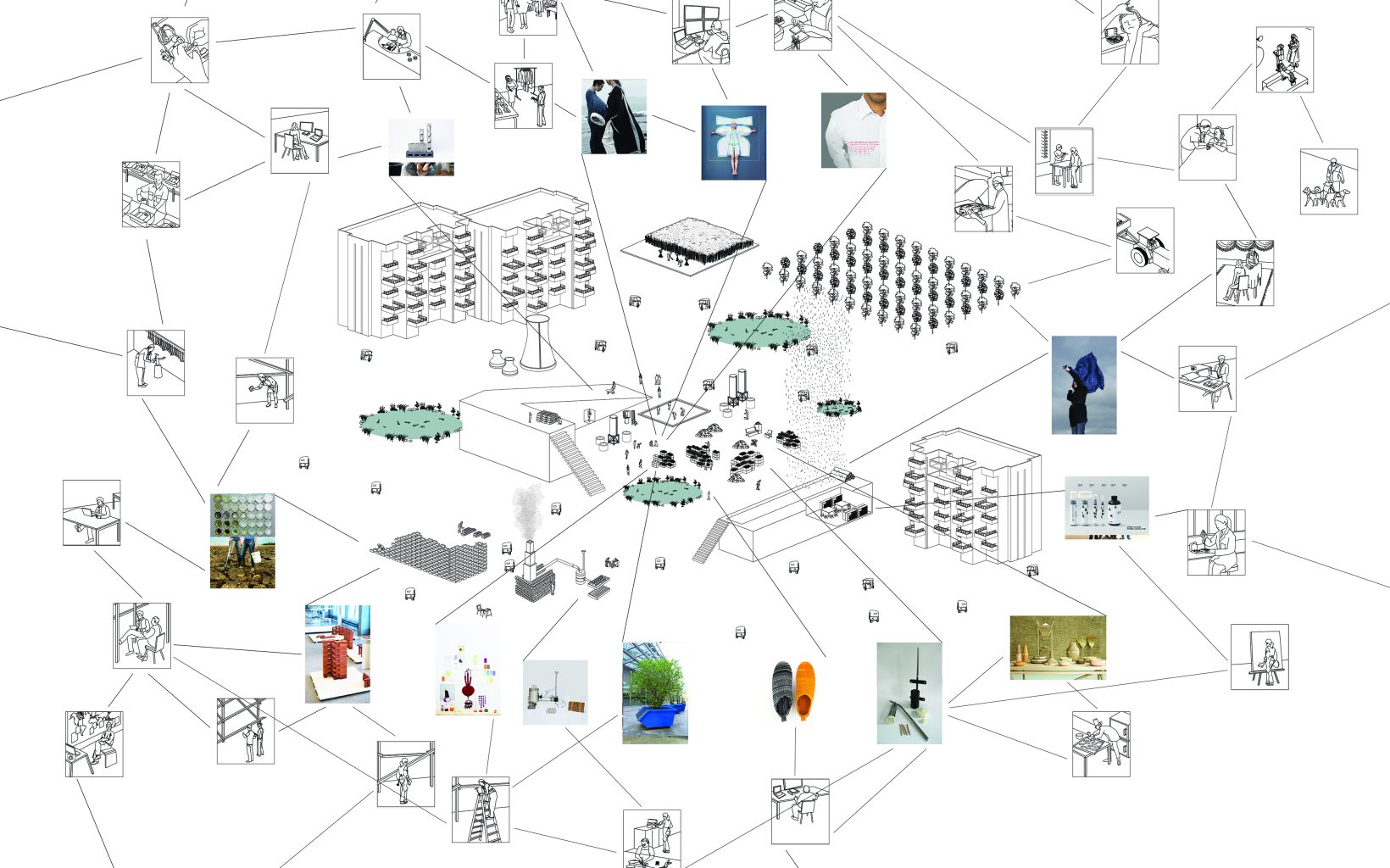
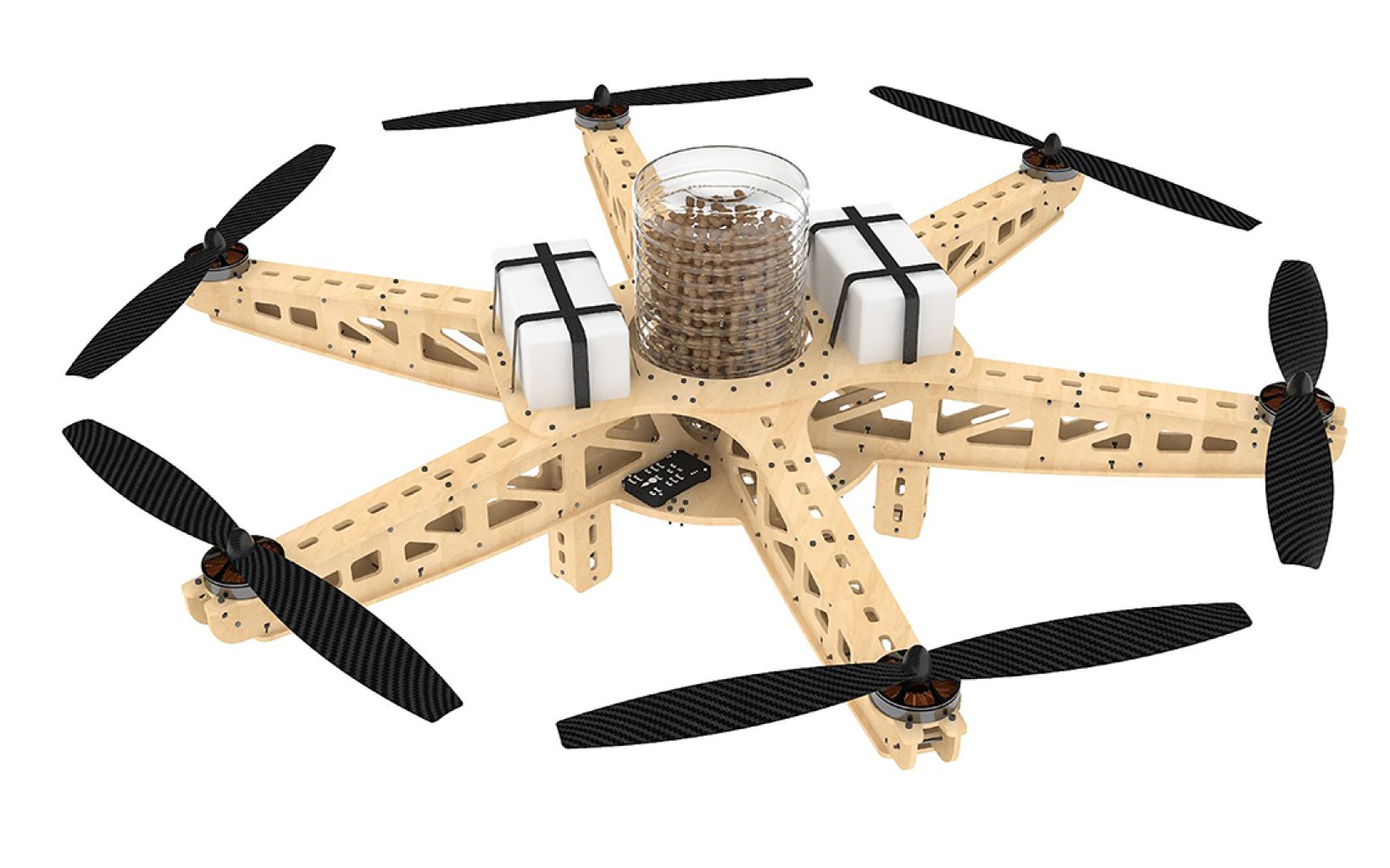
Share on social media.
Facebook
Twitter
LinkedIn
Mail